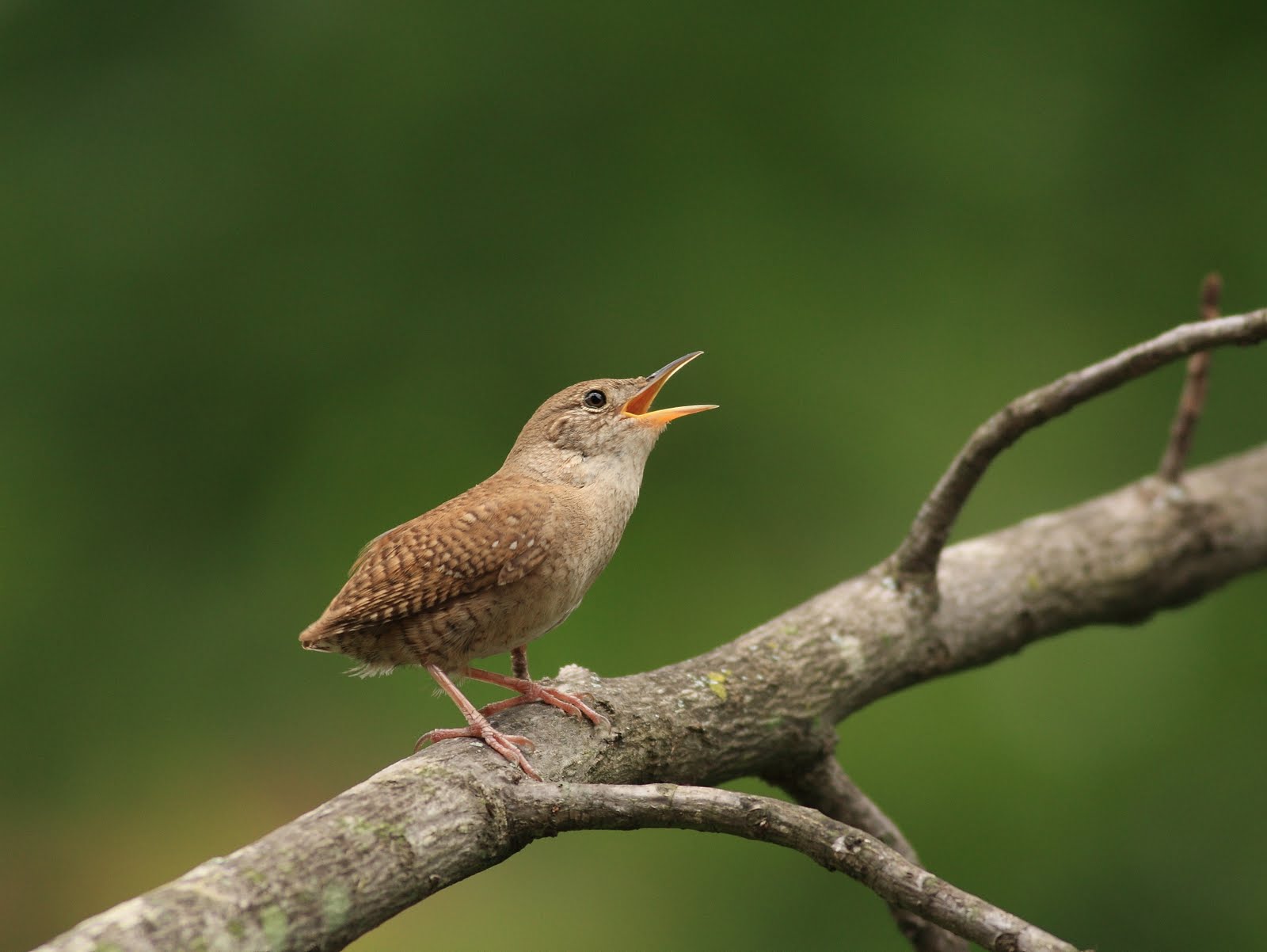Table Of Content
3 – 10 eggs are laid, which take around two weeks to hatch and two weeks to fledge. Marsh Wrens breed in the Northern US states and Central Canada before migrating to Southern states and Mexico. Some birds in the west and along the Atlantic Coast may remain resident all year.
Fledglings are leaving their nests and flying into the wider world - The Washington Post
Fledglings are leaving their nests and flying into the wider world.
Posted: Mon, 19 Jun 2023 07:00:00 GMT [source]
Listen for House Wrens in California!
Notice the faint or missing eye stripe that iscommon in other wrens. Unlike many other birds, House Wrens do not have brightly colored feathers or markings. Measuring 5 inches long with a plump body and ashort tail. Even if no birdhouse is offered, these birds are likely to find somewhere or something to nest in around your home. The house wren is the virtuoso, but all wrens have voices that will perk your ears up.
To learn more about birds in California, check out these other guides:
Winter Wrens are found in eastern US states in winter and northeastern US states, and Canada in summer. Canyon Wrens are found in the west from southern British Columbia down through western US states and into Mexico, and they do not migrate. Nests of Pacific Wrens are made of twigs, moss, and grass woven together into a round shape with a small opening. Pacific Wrens are found along the West Coast from Alaska to California. Those on the coast remain all year, but those inland in Canada migrate south for winter. Nests of Marsh Wrens are fully enclosed, except for a small opening in the top.
Range & Identification
Kane County Connects - kanecountyconnects.com
Kane County Connects.
Posted: Thu, 08 Jun 2023 16:49:31 GMT [source]
Learn how to identify and attract a Carolina wren and a Bewick’s wren. Plus, learn the differences between a house wren and a Carolina wren, and between wrens and sparrows. The Isthmian Wren face is whitish in color, with a white eyebrow and dark stripe through the eye. Throat, chest and belly whitish, washed gray on sides of chest; cinnamon on flanks and feathers that cover undertail. Long-term population increases documented in many areas. Species is tolerant of humans and readily accepts nest boxes.
The loud, bubbly song of the House Wren seems larger than the singer itself! This wren also has a characteristic harsh, scolding call. Pairs of wrens usually only breed with one mate per season, but pick a new partner the next. The female lays an average of seven eggs per clutch, and she takes the incubation duties. The incubation period lasts a little less than two weeks, and the young are completely helpless when they hatch. Their breeding range in the spring and summer includes all but the southernmost United States.
Breeding
They can be spotted in the south of the state and appear in 1% of summer and winter checklists. Marsh Wrens are more commonly seen in California in winter from September to May, but some can be spotted hanging around here all year. They are recorded in 4% of summer checklists and 6% of winter checklists. These birds are known for their active and bold personalities. If you spend enough time in their range, you are almost guaranteed to see them as they are always up to something.
Plumage color varies regionally from rusty in more humid regions to gray in desert regions. Birds from San Francisco Bay south to Monterey, California, have less rusty coloring than birds farther north. Most House Wrens in North America migrate to the southern U.S. and Mexico for winter. You can find Sedge Wren very hidden in wet grasslands, marshy areas, and meadows with lots of vegetation.

Chicks grow incredibly quickly, and by the time they are two weeks old, they begin learning how to fly. The parents feed the chicks for an additional two weeks after they fledge. Their enclosures contain a number of perches, trees, and low shrubs to explore. Zookeepers feed them a variety of small insects, like crickets, mealworms, insect larvae, and more, as well as pelleted insectivore feed.
The most common song you will hear has a pattern of a few introductory notes and ends with a high trill. House Wrens are commonly encountered by people when their nests are found in odd places. For example, when I was a kid, I remember we found a nest in a clothespin bag hanging outside. Before my mom could access her clothespins, she had to wait until the wrens had raised their young and abandoned the twig nest! Other weird spots for nests include boots, cans, or boxes. Even though they almost never visit bird feeders, they are often seen zipping through backyards while hunting insects.
Yes, it is a good practice to clean nest boxes between broods to encourage other birds, including wrens, to use the birdhouse. Main point of confusion is winter wren; it is smaller, shorter-tailed, more heavily barred on the flanks and crissum, and usually darker. Winter and house wrens further distinguished by differences in song, call, timing of migration, microhabitat preferences, and foraging behavior.
Even though house wrens don’t stop at feeders, they are still a common backyard bird because they’re cavity nesters. They use natural cavities but they also like manmade nest boxes. Create a brush pile and grow plenty of trees and shrubs for them to use for nesting. If you put up a birdhouse with a 1-1/8-inch entrance, you have a good chance of welcoming a house wren family.
You’ll know the moment because the babies begin cheeping. Outside of the breeding season they are normally solitary. As the breeding season arrives, territorial pairs develop nesting sites. Males build several different nests in their territories to attract females.

No comments:
Post a Comment